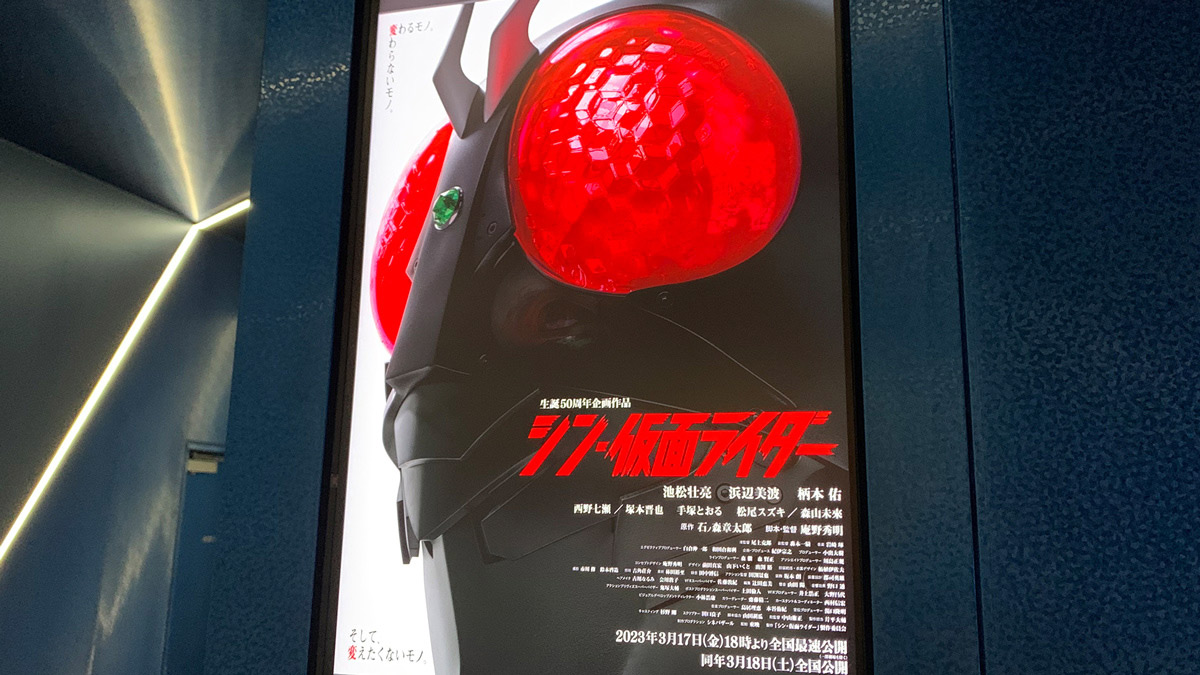2023.03.20
Numerous depictions that question the pros and cons of solving problems through violence
Accompanying ``good and evil'' is the second keyword, ``violence.'' The biggest feature of ``Shin Kamen Rider'' is its depiction of violence. Although the appearance is different, the cruelty of humans using violence to stop other humans is clearly depicted.
What stands out is the early battle scene. Unaware of what happened to him, Hongo gets caught up in a battle with the members of SHOCKER, and ends up using his powers as his body moves. As a result, the members' faces were crushed, their bodies torn off, and they died one by one while bleeding profusely. It's quite a shocking and frightening scene, but that's why we can infer that it contains a clear intention.
The question is, ``Aren't good and evil the same in the sense that violence is the solution?'' Hongo had lost someone important to him due to violence in the past, and wanted the power to protect him. However, when he gains power and uses it for the very legitimate reason of ``protecting Ruriko,'' he ends up killing his enemy. In other words, he had become the one who took his own life. Kamen Rider's fighting methods are basically direct blows such as punches and kicks, and there are many scenes in the movie where Hongo's gloves and boots are stained with blood. Simply defeat the enemy and solve the problem! The resolution is clearly different from that work.
Fighting also means subjugating your opponent. This violence is a theme that director Anno has repeatedly depicted in the Evangelion series. Throughout the play, Hongo is depicted as avoiding violence, trying to persuade his enemies, sometimes running away, and searching for solutions other than ``fighting''. Violence is only a means, not an end. In that case, even if you had the power to repel your opponent, it would be better if you could get away with not using it.
In fact, even in the manga, Hongo declares to his enemies, ``I feel sorry for him, but I can't let him live,'' and tells himself, ``The only way to end this misfortune is to eradicate the Shockers.'' lines stand out. I get the impression that ``Shin Kamen Rider'' explores this kind of humanity with a more modern sensibility.
Sosuke Ikematsu, who played Hongo, said in an interview for the film, ``I felt it was necessary to ``return Kamen Rider back to being human'' because he is a hero.He must fight because he is a hero, and he uses violence on behalf of everyone.'' I think it's time to put a stop to the ``natural'' things that we have to do.'' This mentality is one of the core of ``Shin Kamen Rider''.


